CARING WITH FAMILY
|
| The level of affection displayed by a breed towards their family members or individuals they have acquainted themselves with can vary from one breed to another. Certain breeds may exhibit a reserved demeanor towards everyone except their owner, while others generously embrace everyone they know as if they were their most cherished friend. |
LOVE WITH CHILDREN
Unwise
Good With Children
|
| The extent of a breed's tolerance and patience towards children's conduct, as well as their general friendliness towards families is an important consideration. It is essential to closely monitor dogs when they are interacting with young children or children who are not accustomed to being around dogs, regardless of their age. |
BEHAVIOR WITH DOGS
Unwise
Good With Other Dogs
|
| The level of friendliness a breed displays towards other dogs can differ. While it is important to supervise and introduce dogs appropriately, certain breeds have an innate predisposition to get along harmoniously with other dogs, whether at home or in social settings. |
SHEDDING LEVELS & MANAGEMENT
No Shedding
Hair Everywhere
|
| The amount of fur and hair a particular breed sheds can vary significantly. Breeds that have a high shedding tendency will often require more frequent brushing to manage their loose hair. Additionally, these breeds may pose a higher risk for triggering allergies in sensitive individuals. It's important to note that high shedding breeds may necessitate more regular vacuuming and the use of lint rollers to maintain a clean environment. |
COAT GROOMING STANDARDS
|
| The grooming needs of different breeds can vary in terms of bathing, brushing, trimming, and overall coat maintenance. The frequency of these tasks depends on factors such as the breed's coat type, length, and activity level. When considering a breed, it's important to assess the time, patience, and budget you can allocate to grooming. Some breeds may require frequent brushing and professional grooming, which can be more time-consuming and costly. Furthermore, all breeds require regular nail trimming to ensure their comfort and well-being. |
DROOLING INTENSITY
Less Likely to Drool
Always Have a Towel
|
| The tendency of a breed to drool can vary significantly. Some breeds are known to be more prone to drooling, while others generally exhibit minimal drooling. If you prefer a neat and clean environment, it's important to consider that breeds with a heavy drooling tendency may leave ropes of slobber on your arm or create large wet spots on your clothes. For individuals who prioritize cleanliness, selecting a breed with minimal drooling tendencies may be a better choice. |
COAT STYLES GUIDE |
| |
| COAT SPECTRUM |
| Short |
FRIENDLINESS
Reserved
Everyone Is My Best Friend
|
| The behavior of a breed towards strangers can vary. Some breeds are naturally reserved or cautious around unfamiliar individuals, regardless of the setting. They may take time to warm up to new people and may exhibit wariness or hesitation. On the other hand, certain breeds are generally more friendly and welcoming towards strangers, showing enthusiasm and happiness in meeting new humans. When considering a breed, it's important to take into account their natural tendencies towards stranger interaction and determine which behavior aligns with your preferences and lifestyle. |
LIVELINESS
Only When You Want To Play
Non-Stop
|
| The level of enthusiasm for play can vary among different breeds, even as they transition past the puppy stage. Some breeds maintain a high level of playfulness and will continue to enjoy interactive games like tug-of-war or fetch well into their adult years. These breeds have a natural inclination for play and seek out activities that engage them mentally and physically. On the other hand, some breeds may be more inclined to relax and prefer spending quiet time with their owners on the couch. While they may still enjoy occasional play sessions, their overall energy levels and desire for play may be lower compared to more active breeds. Understanding a breed's playfulness can help match their energy levels and preferred activities with your own lifestyle and preferences. |
VIGILANCE INTENSITY
What's Mine Is Yours
Vigilant
|
| Certain breeds are more likely to exhibit a strong tendency to alert their owners when they sense the presence of strangers. They are vigilant and responsive to potential threats, which could range from the arrival of the mailman to a squirrel outside the window. These breeds act as reliable watchdogs by instinctively notifying their owners of any perceived intrusions. However, it's important to note that even though they may initially be cautious or suspicious of strangers entering their home, these breeds are likely to warm up to new individuals who are accepted by their family. |
ADAPTATION CAPACITY
Lives For Routine
Highly Adaptable
|
| The adaptability of a breed to handle change can vary. Some breeds are naturally more flexible and adaptable to different living conditions, noise levels, weather patterns, and variations in their daily schedule. These breeds tend to adjust well to new environments and transitions. They are generally more resilient and can handle changes with ease and minimal stress. On the other hand, certain breeds may be more sensitive to changes and prefer a stable and consistent routine. They may require more time and patience to adjust to new situations and sudden changes can sometimes cause them discomfort or anxiety. |
OBEDIENCE LEVEL
Self-Willed
Eager to Please
|
| Discover the effortless process of training your dog and witness their unwavering enthusiasm for acquiring new skills. Certain breeds strive to bring joy and pride to their owners, while others prioritize independence and doing things on their own terms, anywhere, anytime. |
STAMINA LEVEL
|
| The exercise and mental stimulation requirements of different breeds vary greatly. Highly energetic breeds are always pumped and excited for their next thrilling escapade. They fill their day by engaging in activities like running, leaping, and vigorous play. On the other hand, low-energy breeds resemble relaxed couch potatoes, content with lounging and napping. |
VOCALIZATION
|
| Medium |
LEARNING CURIOSITY LEVEL
Happy to Lounge
Needs a Job or Activity
|
| To ensure the happiness and well-being of a breed, providing an adequate amount of mental stimulation is crucial. Purpose-bred dogs often have jobs that necessitate decision-making, problem-solving, concentration, and other cognitive abilities. Without sufficient mental exercise, these breeds may engage in their own activities to keep themselves occupied, which might not align with your preferences or expectations. |
| COLORS |
|
Description
|
Registration Code
|
|
White & Tan
|
217
|
|
| PATTERNS |
|
Description
|
Registration Code
|
|
Fawn Markings
|
008
|
|
Black Markings
|
002
|
|
Brown Markings
|
022
|
|
Blue Markings
|
027
|
|



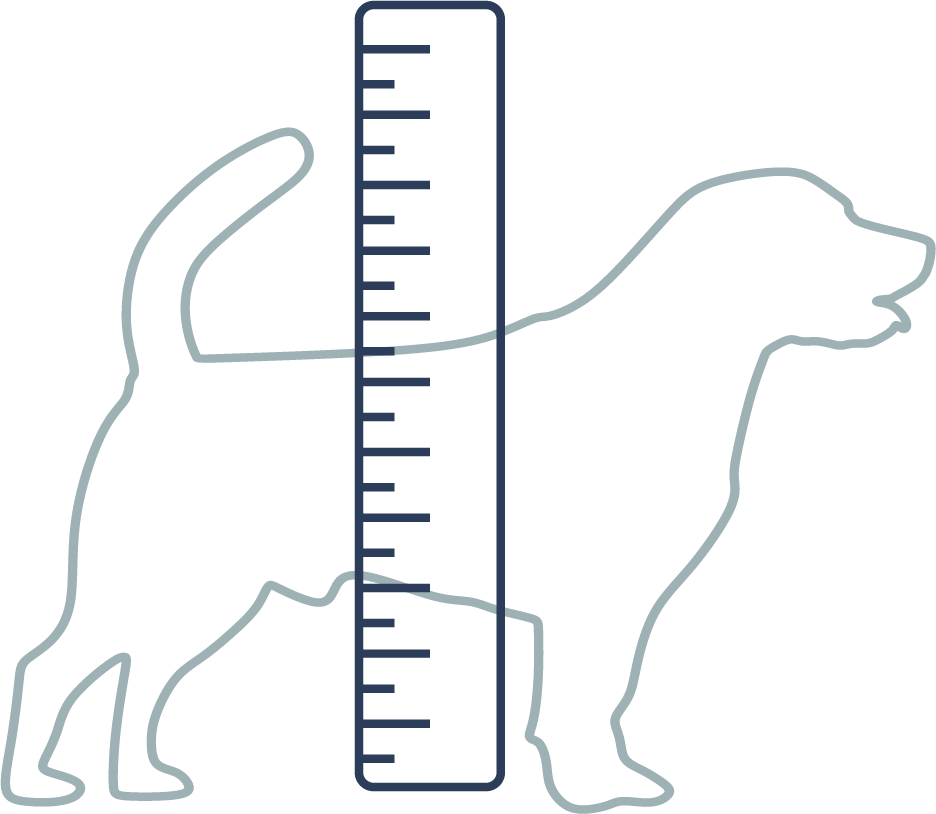


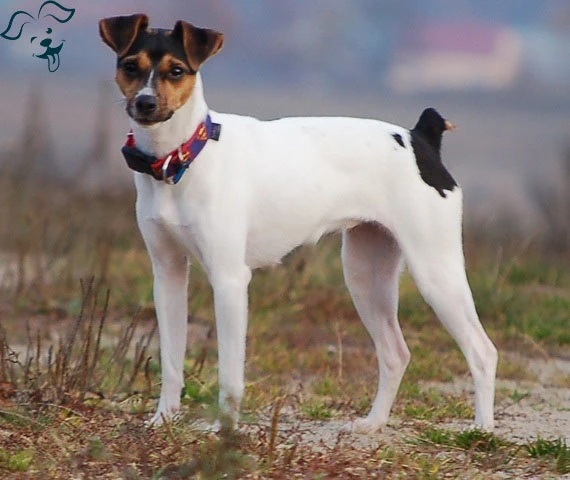
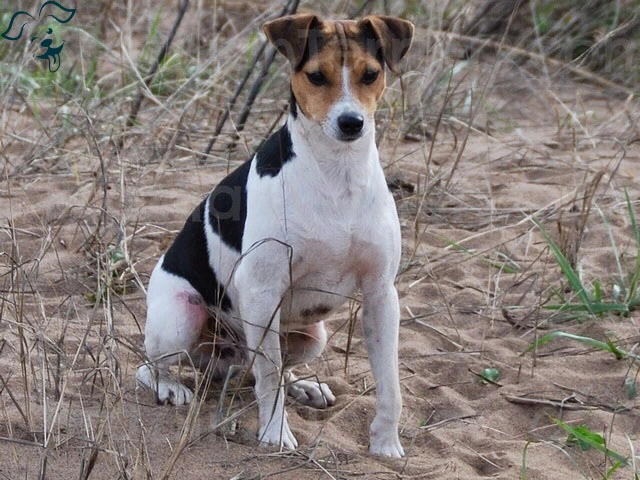

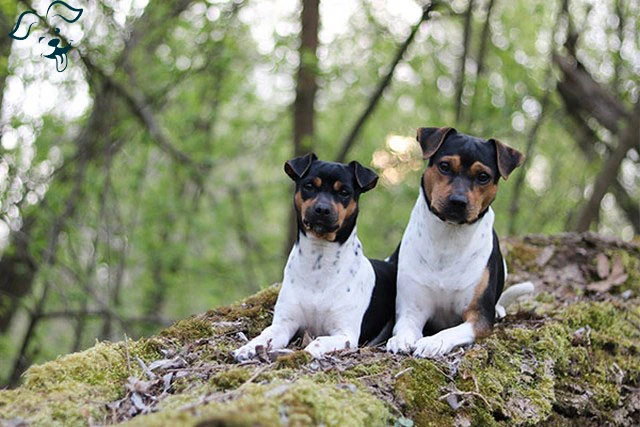






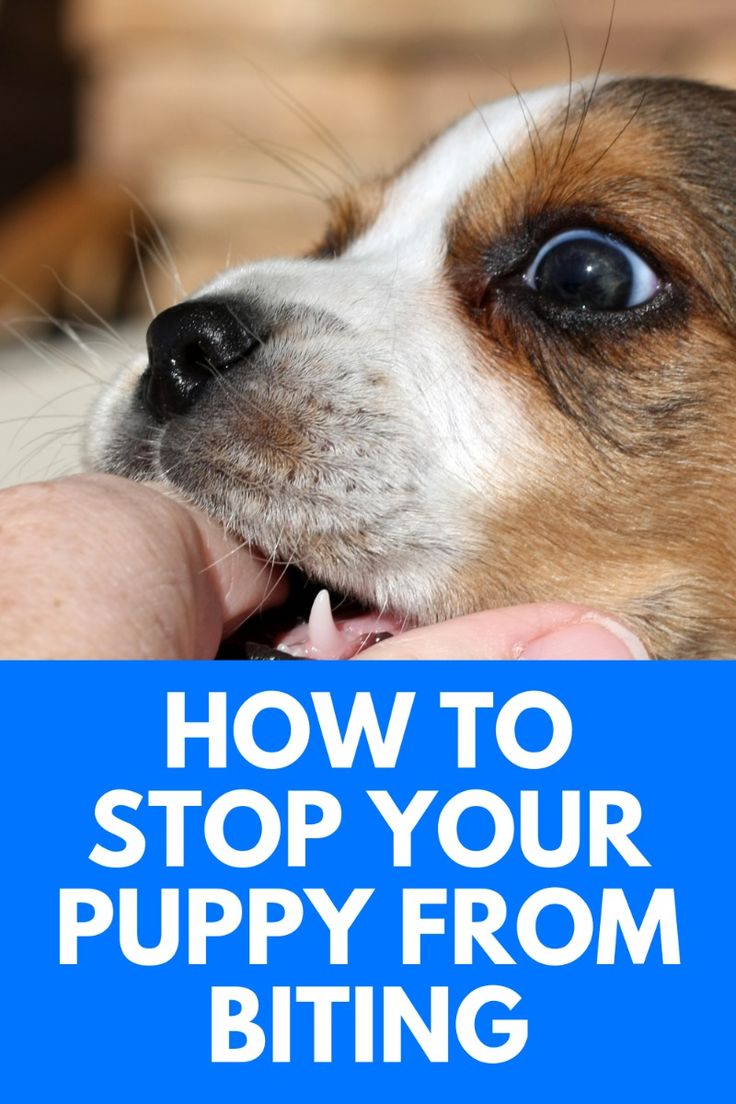


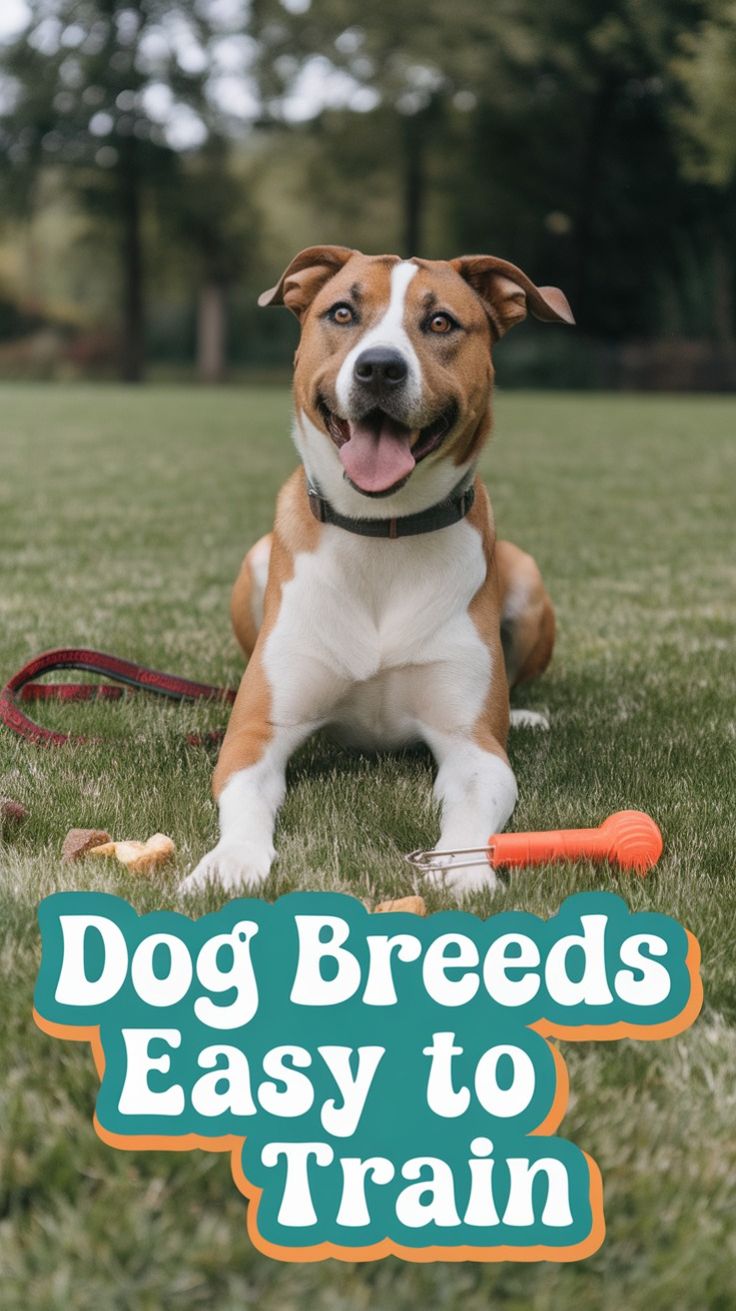
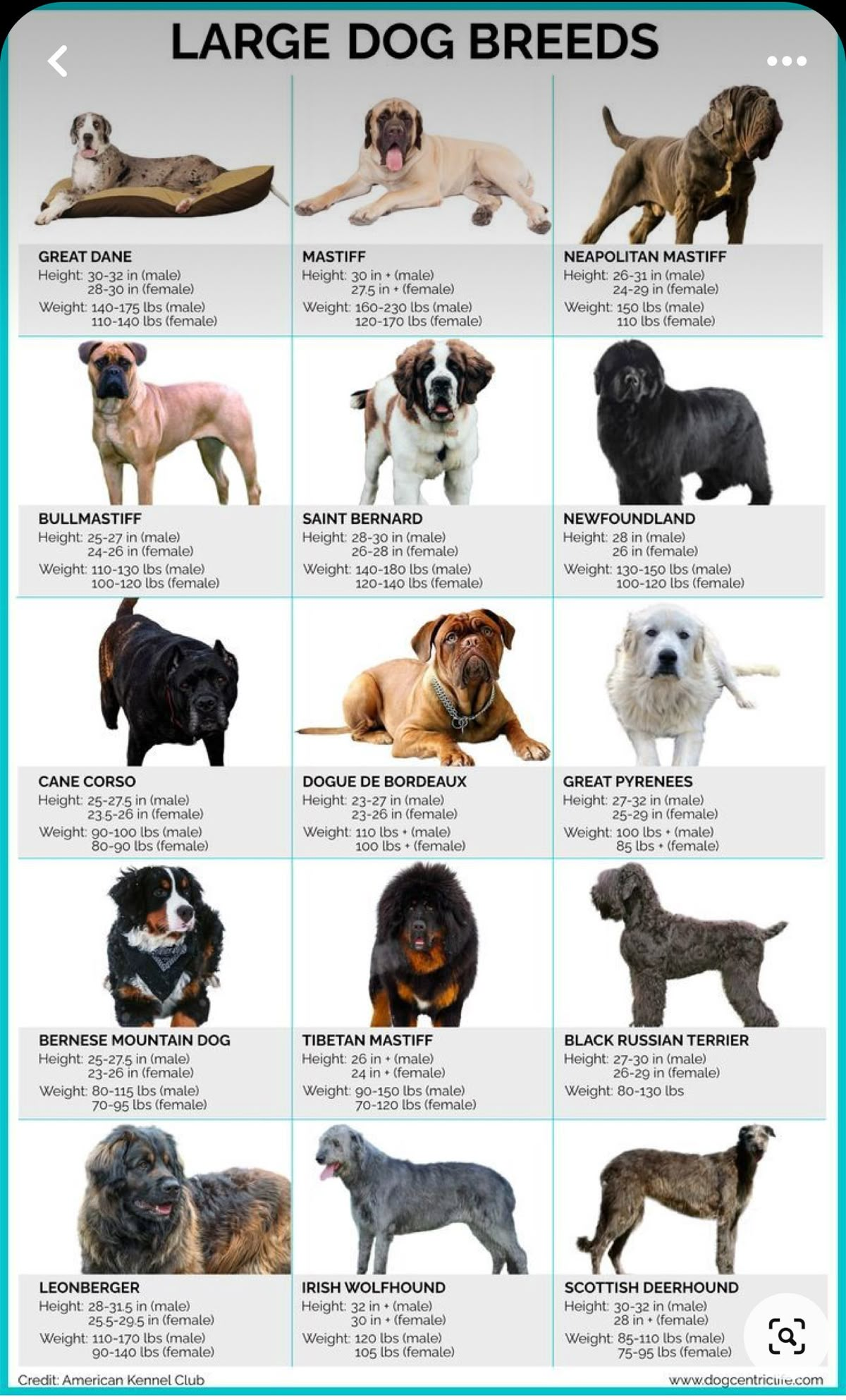

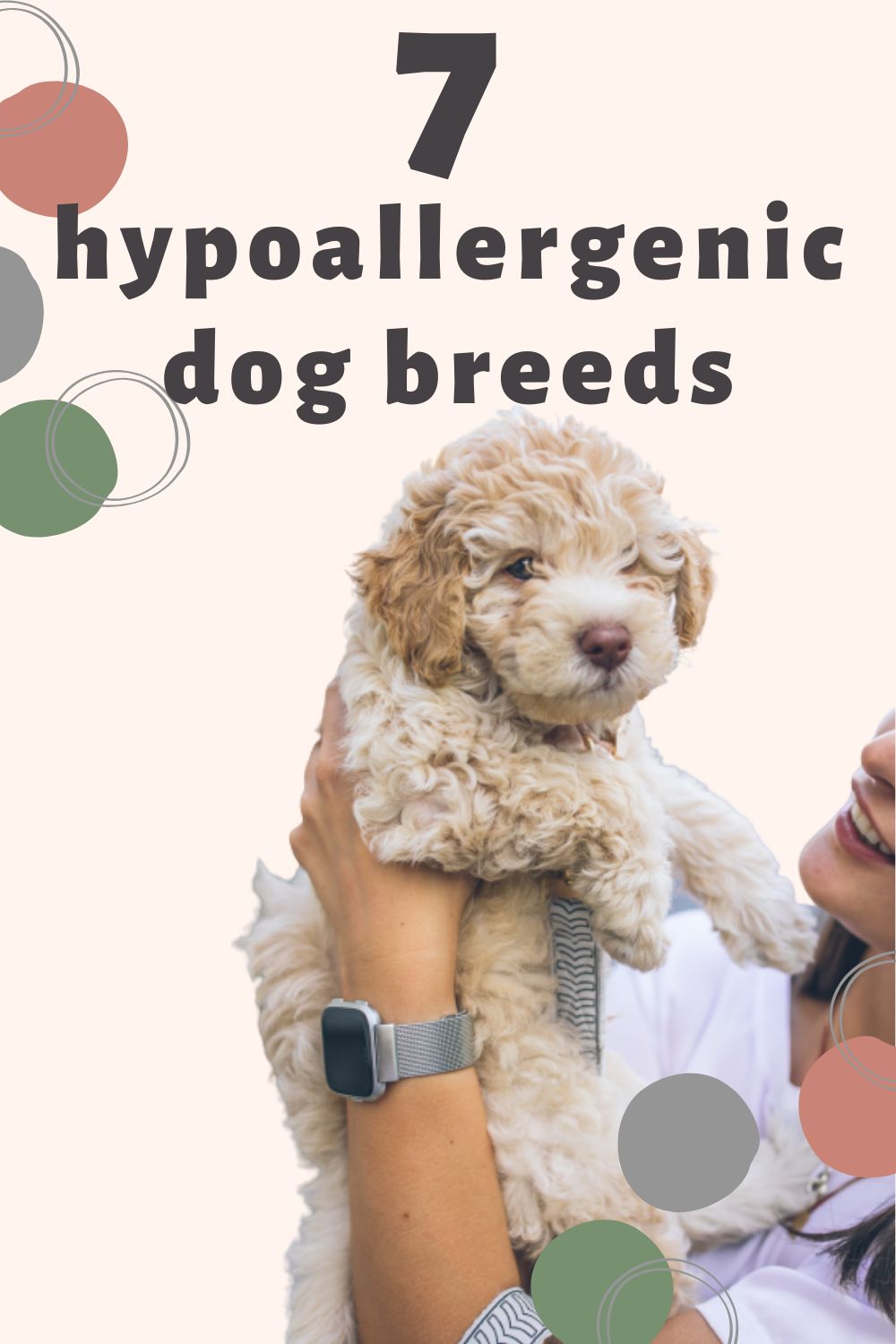




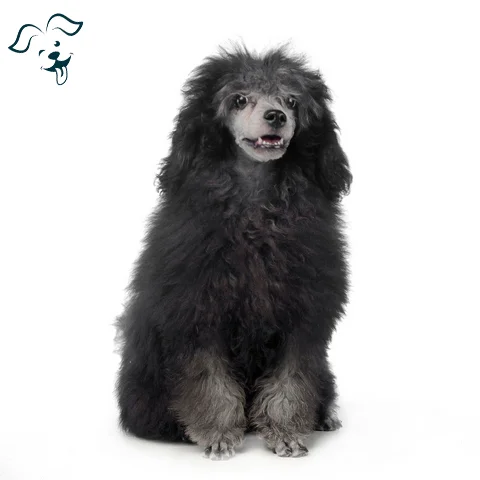

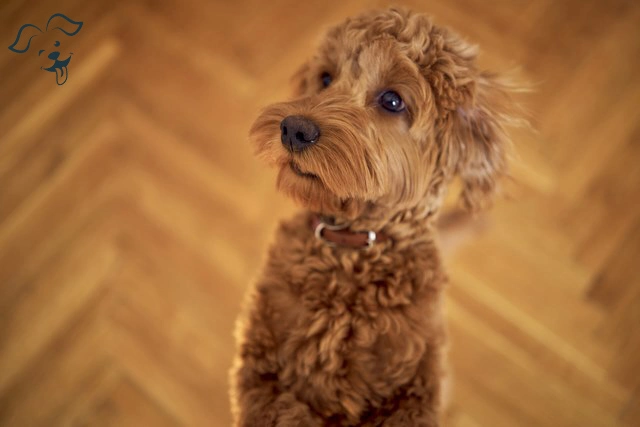
FRIENDLINESS
LIVELINESS
VIGILANCE INTENSITY
ADAPTATION CAPACITY